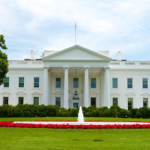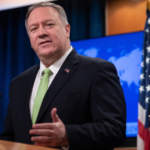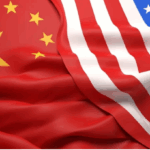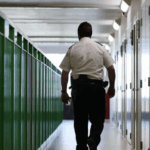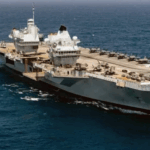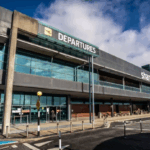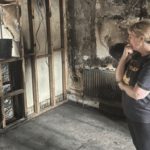Diego Garcia, a remote island in the Indian Ocean, is a lush paradise characterized by white-sand beaches and crystal blue waters. However, this secluded location is not a tourist destination; it is home to a highly classified UK-US military base, cloaked in secrecy and controversy for decades. The island is administered from London and is at the center of a protracted territorial dispute between the UK and Mauritius, with negotiations intensifying in recent weeks.
In an unprecedented move, the BBC recently gained access to Diego Garcia to cover a landmark court case concerning the treatment of Sri Lankan Tamils. These individuals are the first to file asylum claims on the island, having been stranded there for three years amidst complex legal battles regarding their detention status. The outcome of this case is expected soon, marking a significant moment in the island’s contentious history.
Located approximately 1,000 miles from the nearest landmass, Diego Garcia is listed among the world’s most remote islands. Access is highly restricted, with no commercial flights and limited boat permits granted only for the outer islands. Entry to Diego Garcia requires a permit, typically reserved for those with military connections or authorization from British authorities. Journalists have historically faced barriers to access, with UK government lawyers attempting to block the BBC’s coverage of the court proceedings.
Despite legal challenges, permission was eventually granted for a five-day visit, though with stringent restrictions on movement and reporting. Security personnel from G4S were dispatched to ensure compliance with the imposed guidelines. The island, a vital military outpost since the 1970s, showcases a blend of British and American influences, highlighted by signs reading “Diego Garcia. Footprint of Freedom” alongside military facilities.
As one of about 60 islands that comprise the Chagos Archipelago, Diego Garcia was separated from Mauritius by the UK in 1965. The island’s military significance stems from agreements made in 1966, leasing it to the US for 50 years, a term set to expire in 2036. Despite being a British territory, most operations and personnel on the island fall under US control, complicating access for UK officials.
The atmosphere on Diego Garcia appears relaxed, with personnel engaging in recreational activities, such as tennis and windsurfing. Yet, reminders of the base’s military nature persist, with regular drills and a nearby armory reflecting its strategic importance.
The island’s past is equally complicated. When the UK took control of the Chagos Islands, it forcibly evicted more than 1,000 residents to establish the military base. The islands, once home to enslaved people from Madagascar and Mozambique, boast a unique cultural heritage that has been overshadowed by their militarization.
As Diego Garcia remains embroiled in legal and territorial disputes, its stunning natural beauty contrasts starkly with its contentious history, leaving many to question the balance between security and human rights in this remote corner of the world.






